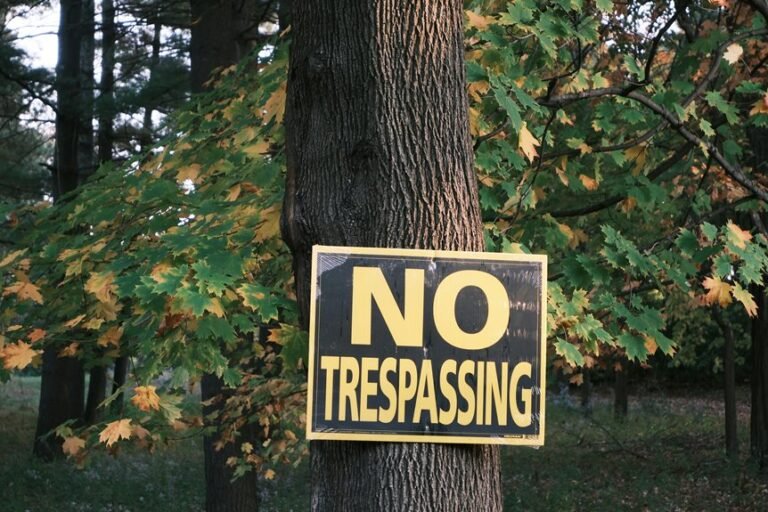Communication Risk Evaluation Authority 5854601092 8337931057 6142125139 3308355902 9379123056 7272333909
You’re likely aware of the complexities involved in communication risk management. The Communication Risk Evaluation Authority (CREA), identified by its numerical codes, offers a systematic approach to identifying and mitigating these risks. By understanding how CREA functions and the significance of its identifiers, you can grasp the strategies employed to enhance communication safety. However, it’s essential to consider how these frameworks adapt to emerging challenges in communication environments. What implications does this have for your own practices?
The Role of CREA in Communication Risk Management
As organizations face an increasingly complex communication landscape, understanding the role of the Communication Risk Evaluation Authority (CREA) becomes essential.
CREA facilitates effective risk assessment by providing frameworks that allow you to identify potential communication pitfalls. Engaging stakeholders is crucial, as their insights enhance your strategies.
Understanding the Significance of Numerical Identifiers
Effective communication risk management not only involves identifying potential pitfalls but also understanding the tools that help streamline these processes.
Numerical significance in identifier analysis is crucial; it allows you to categorize and assess risks efficiently. By recognizing patterns and correlations within these identifiers, you enhance decision-making and ensure a more agile response to potential communication threats, ultimately fostering a culture of freedom and clarity.
Strategies for Enhancing Communication Safety
While understanding communication risks is vital, implementing strategies to enhance communication safety is equally important.
You should identify communication barriers and establish clear safety protocols to facilitate effective information exchange.
Regular training and evaluation can strengthen awareness, ensuring everyone understands the importance of safe communication.
Mitigating Risks Through Effective Communication Practices
To mitigate risks effectively, it’s essential to adopt communication practices that prioritize clarity and transparency.
Conducting regular risk assessments helps identify potential communication barriers, enabling you to address them proactively.
Encourage open dialogue and feedback, fostering an environment where concerns can be voiced.
Conclusion
In navigating the intricate web of communication, CREA acts as your guiding lighthouse, illuminating potential risks and paving the way for safer dialogue. By harnessing numerical identifiers, you can decipher the landscape of communication pitfalls, ensuring clarity and trust. Embracing the strategies outlined not only fortifies your communication practices but also cultivates an environment where transparency thrives. As you move forward, remember that proactive engagement transforms risks into opportunities for growth and understanding.






